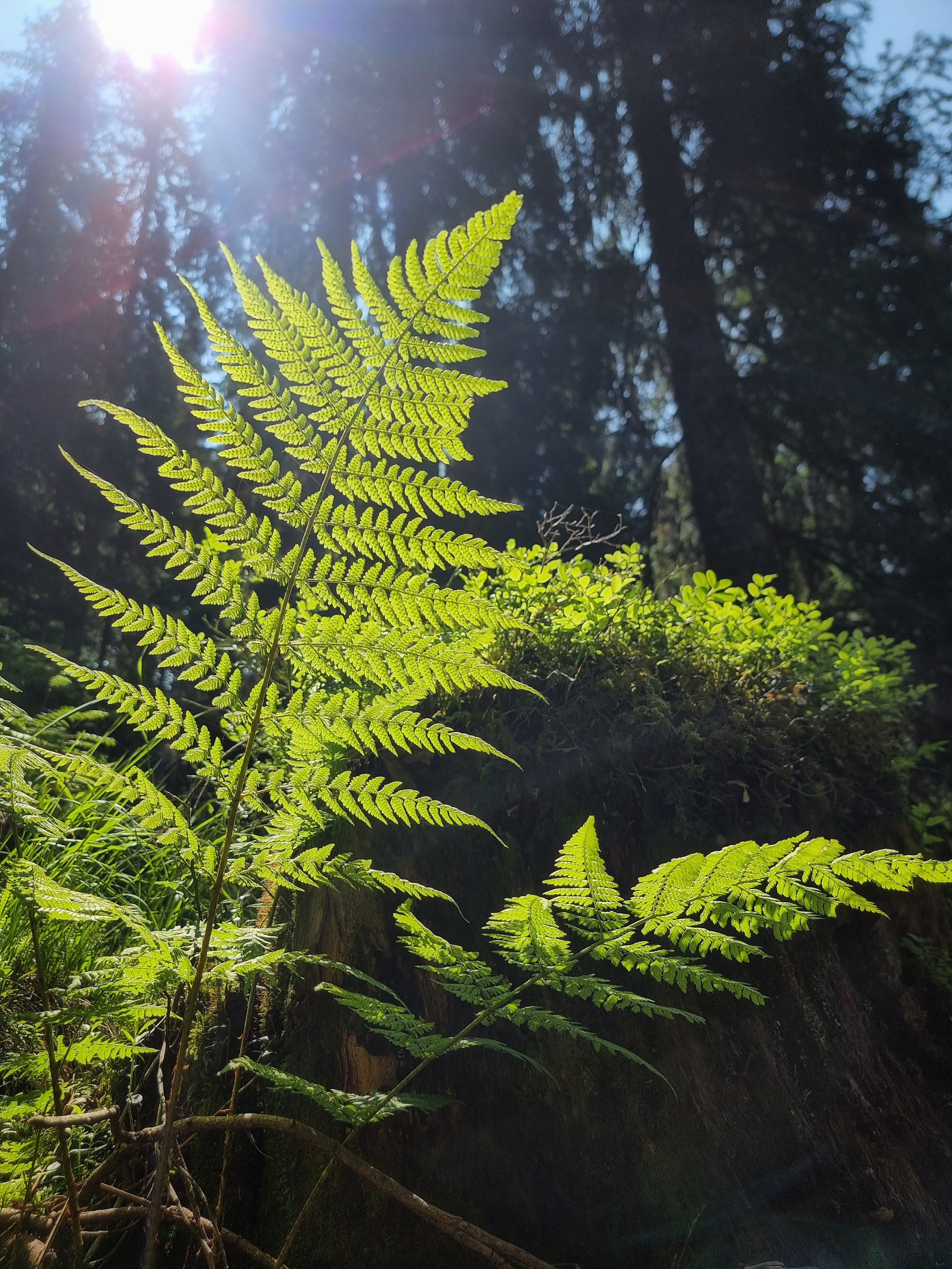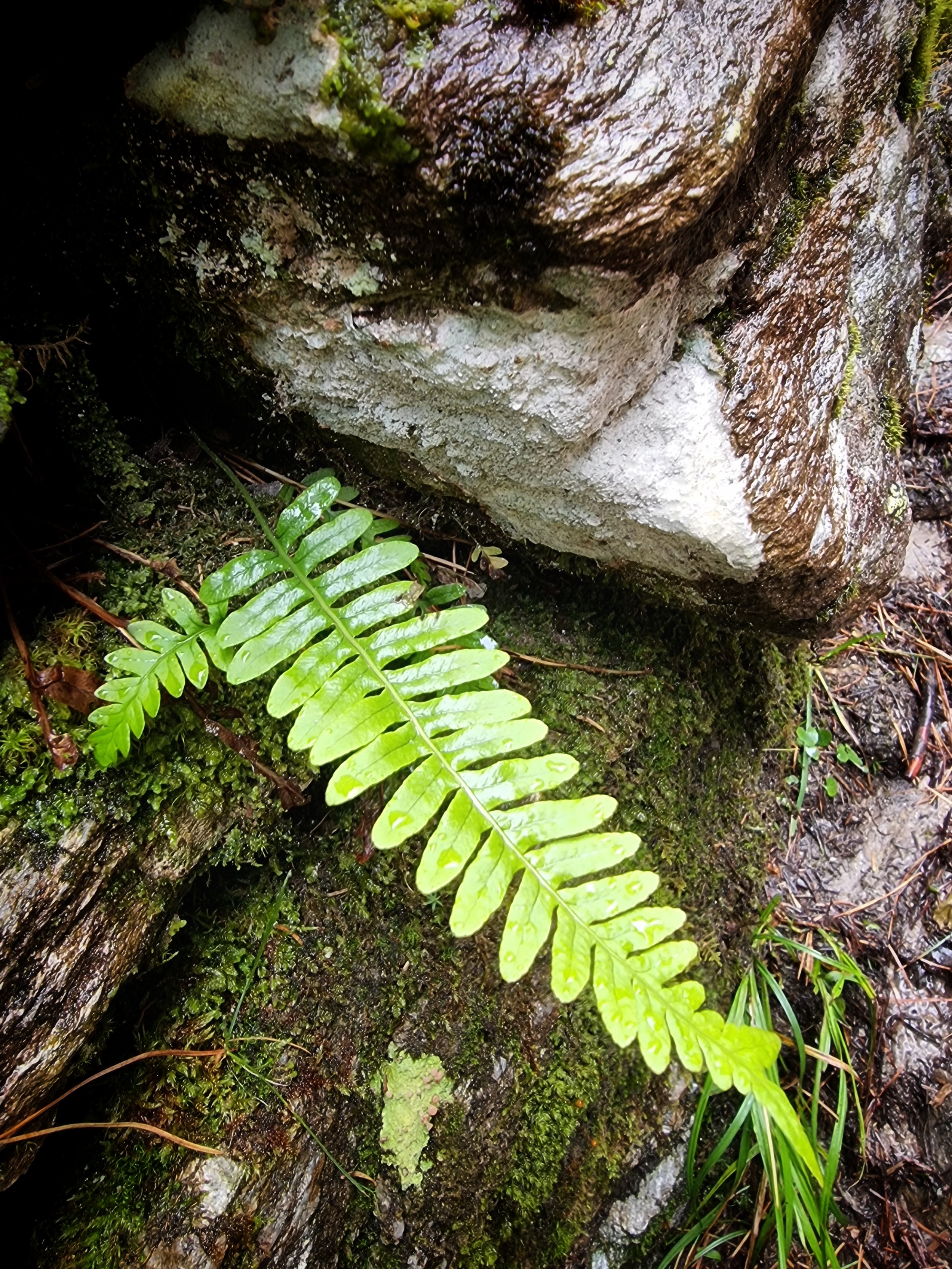The Common Fern
At first glance, the Common Fern may appear unremarkable, as it is present in many landscapes and grows freely. Often in the cradle of the forests and rocky outcrops, ferns of all kinds cover the ground like a blanket of green plush. Some are hidden in the creaks of an old tree, and some are inside the entrance to an ancient cave.
Wherever you spot them, Ferns are among the oldest living plants on earth and come in various types. The Maidenhair is the most common fern that you will likely come across. They are usually found near rocky places and are identified easily. They love moist soil and humid conditions, providing a suitable environment for growing and surviving. It also grows in the wild in many different regions and landscapes worldwide.
The dark green leaves of the Maidenhair Fern have evenly spaced indentations on the edges, creating an interesting effect. Although Ferns are known for growing in the shade, they thrive when exposed to light. They are commonly known as woodland ferns, and they can spread and grow to enormous proportions along the forest floor.
Despite its quiet beauty, the Common Fern symbolises resilience and adaptability, reminding us that even the most humble of plants can thrive and contribute to the vibrant diversity of life around us. The fern signifies everlasting youth to some and new beginnings to indigenous people. In Japan, ferns represent the importance of family and hope for the future, while in the Victorian era, they embodied trustworthiness and humility among fellow humans.
When you are outside in nature, please take a moment to observe your surroundings and let their presence inspire you to find your strength and beauty, even in the face of challenges and adversity. The Common Fern can serve as a beacon of hope, providing direction and purpose to help you achieve your goals, no matter where you go or what you decide to do.



